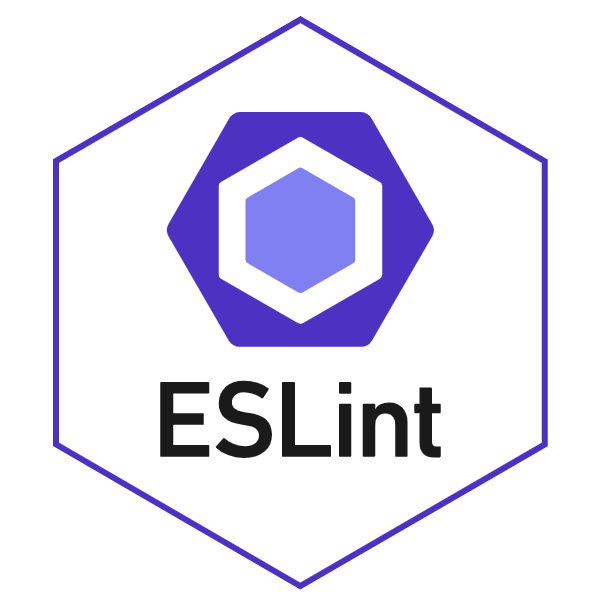There's coding standards?
08 Feb 2024
I Tried ESLint
I’ve recently installed ESLint on my Intellij coding software. At first, I didn’t know what I installed as I was instructed to turn on and off many of this application’s features. When I started using it, I thought it was genuinely a pain because it would not stop correcting my indents when they looked the same way after they “fixed” it. ESLint is very picky with its format. It does not like multiple blank lines and having unused methods. I was already having a hard time learning javascript syntax as I was not too familiar with it, and it marked me on everything that was off-key to how it wanted the code to look. This was the most strict feature I’ve ever had when using a coding application. But, it did change some ways that I had.
Habits I Changed
For example, I always love adding extra blank lines between methods and console logs. I like the visual separation between each jumble of code, making it easier to look for the specific method I want. However, when I learned how much ESLint hated it, I stopped making this habit more often, especially when it’s code that I’m sending for others to look at. Another thing I always did was comment in-line for everything because my previous classes forced us to as a habit. Now, I never do it again. Or if I did, the comment would be above the line of code it’s referring to.
Why is it Important?
I think coding standards can be annoying when you first try to implement them into your code. But it really does help in the long run, especially when your code starts becoming massive and you’re collaborating with other programmers to get it done. Sometimes, I forget simple syntax, like adding a parameter to my code, and ESLint reminds me to add it. ESLint is strict, but it still provides a basic structure for everyone to implement according to their style. Coding standards give a basis for everyone to interpret code in the same way. It’s like learning basic etiquette in coding to make your work as efficient and neatly organized as possible.